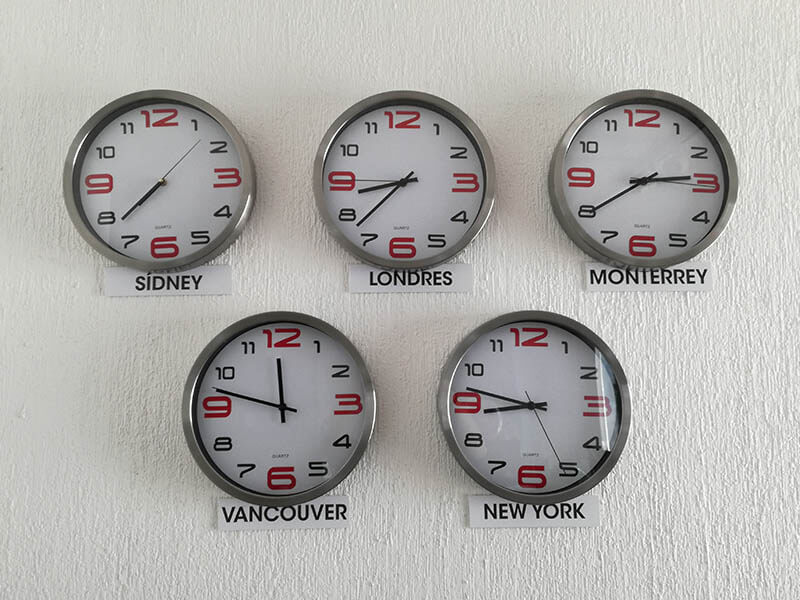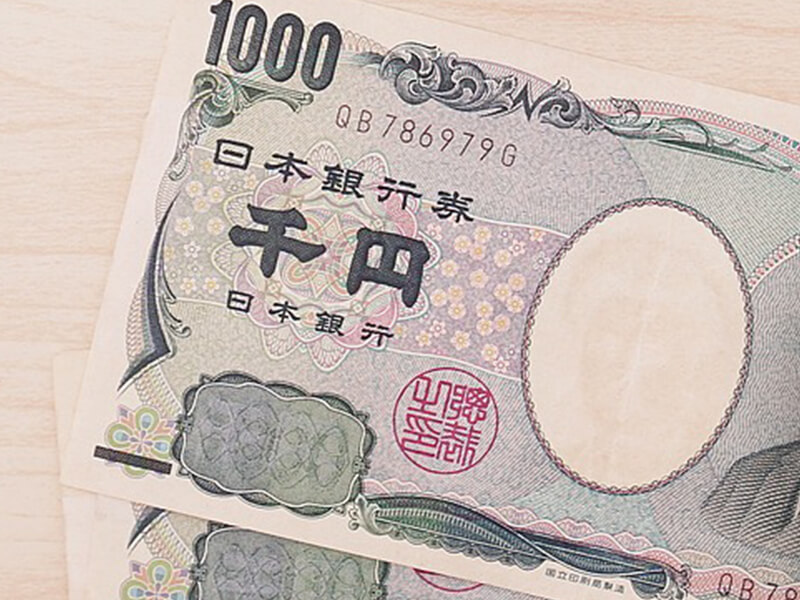Every day, traders from around the world come together online to trade in the foreign exchange (forex) market.
The different trader types
Bigger than every stock market combined, the forex market attracts a variety of traders, all of whom operate with distinct trading techniques.
Here are the main types of trader you’ll find operating on the forex markets today.


Day traders
Day traders, as their name implies, work on a day-by-day basis. At the end of every day, a day trader will close out all of his or her trade positions, opting not to leave anything running overnight.
Typically, this type of trader is highly skilled and deeply knowledgeable about the market in which they operate. Day traders also use a variety of techniques to ensure their success and make trading decisions quickly.
Apart from closing out their positions at day’s end, you can identify day traders by the following characteristics:
- High volume trading
- Ability to focus on technical patterns rather than relying on data analysis
- A focus on quick turnover rates, aiming for more profit
- Pairing volatile currencies such as the pound and the yen, which can show large movements over very short timescales
- Trading through day averages and characteristics rather than using long-term planning

Success, for a day trader, means ending the day with no open positions and a profit relative to the beginning of the session. This type of trading often appeals to people who deal in high-volume stocks and who have a thorough grasp of price analysis.
As with any trading style, day trading needs to be partnered with sensible money management principles.
Position Traders
On the opposite end of the spectrum from the day trader lies the position trader, who holds his or her position over longer time periods: weeks, months, or even years.
Less interested in the short-term price fluctuations than a day trader, these forex experts pay attention to weekly or monthly price action analysis.
They adhere more strictly to fundamental models, closely watching for announcements such as earnings reports, stock splits, reorganisations and acquisitions, and looking for the associated opportunities.


In general, position traders:
- Hold fewer trade positions (sometimes only a handful a year)
- Make decisions by taking economic models, governments and interest rates into account
- Work across any of the major currencies, including emerging market favourites
- Seek to capture the bulk of a position’s movement in the hope it will appreciate over time
- Emphasise fundamental analysis of stocks
The draw of position trading is its lower demand on a trader’s time relative to other trading styles. Many position traders work on fewer than 10 positions over a year, freeing them to build out other aspects of their portfolio.
Risk-wise, however, position trading relies on a bet that a certain trend will continue over time. If this doesn’t happen, it can cause long-term capital losses.
Swing Traders
Somewhere in between day and position traders are swing traders, who make a profit by holding a position anywhere from overnight to several weeks.
As their name implies, these traders buy when the market begins to show a swing upwards and sell when this price swing stops.
Timing is very important for swing traders and a savvy trader will pay close attention to a stock over a longer time period. Swing traders work on the following principles:

- A blended approach to fundamentals analysis and patterns; they’ll look at macroeconomic as well as day-to-day trends
- A focus on short-term price momentum to capitalise on the upward swing
- Placing positions in liquid currency pairs like the pound and the dollar
- Capturing high and low extremes
- Like day trading, swing trading involves technical analysis of price movements
Successful swing trading can result in higher profits with less risk. However, the practice requires a firm grasp on forex strategies and the ability to read trends well.




